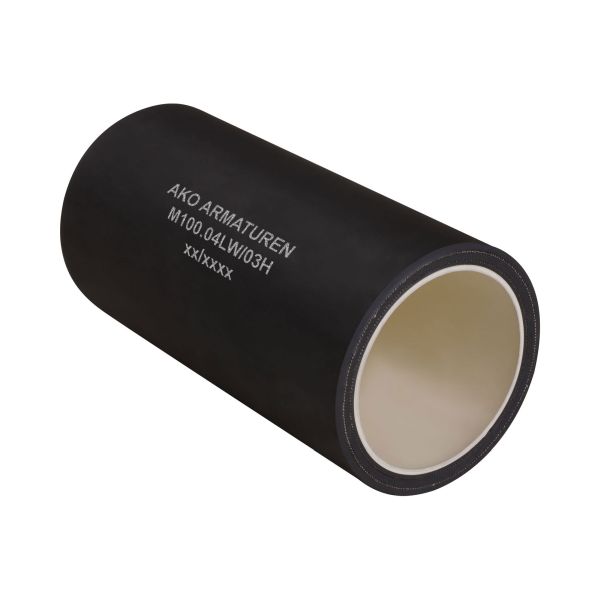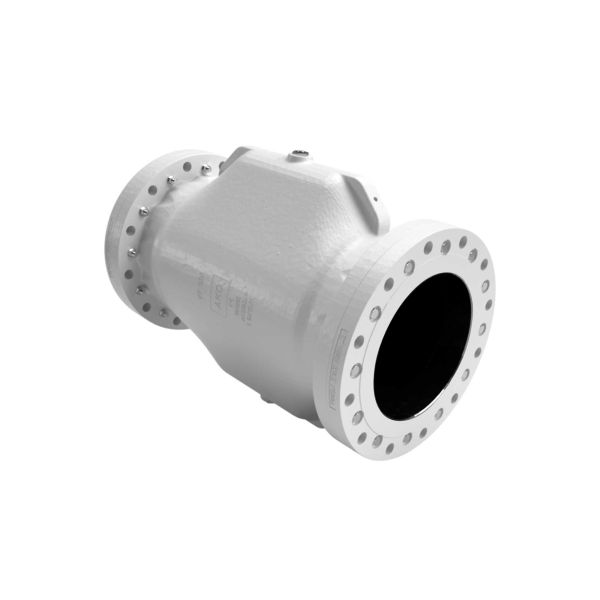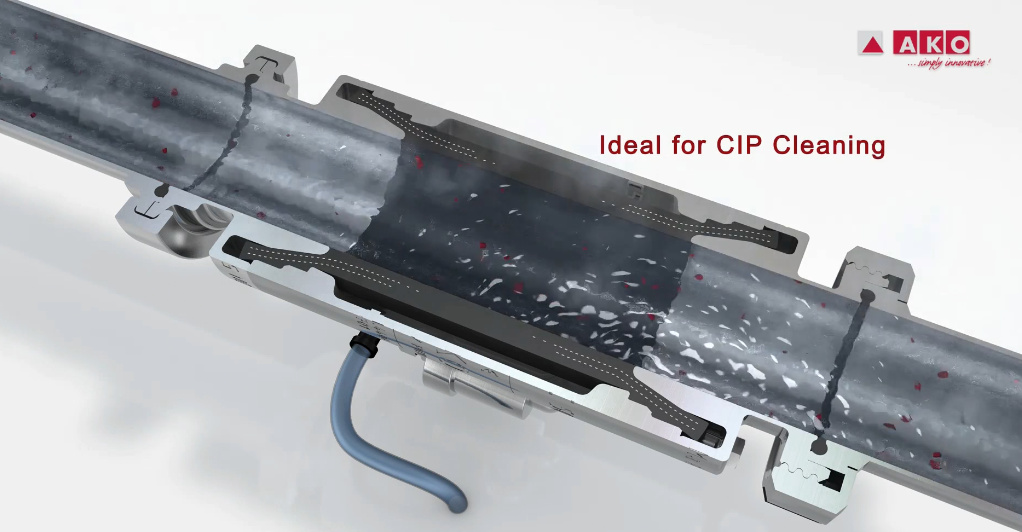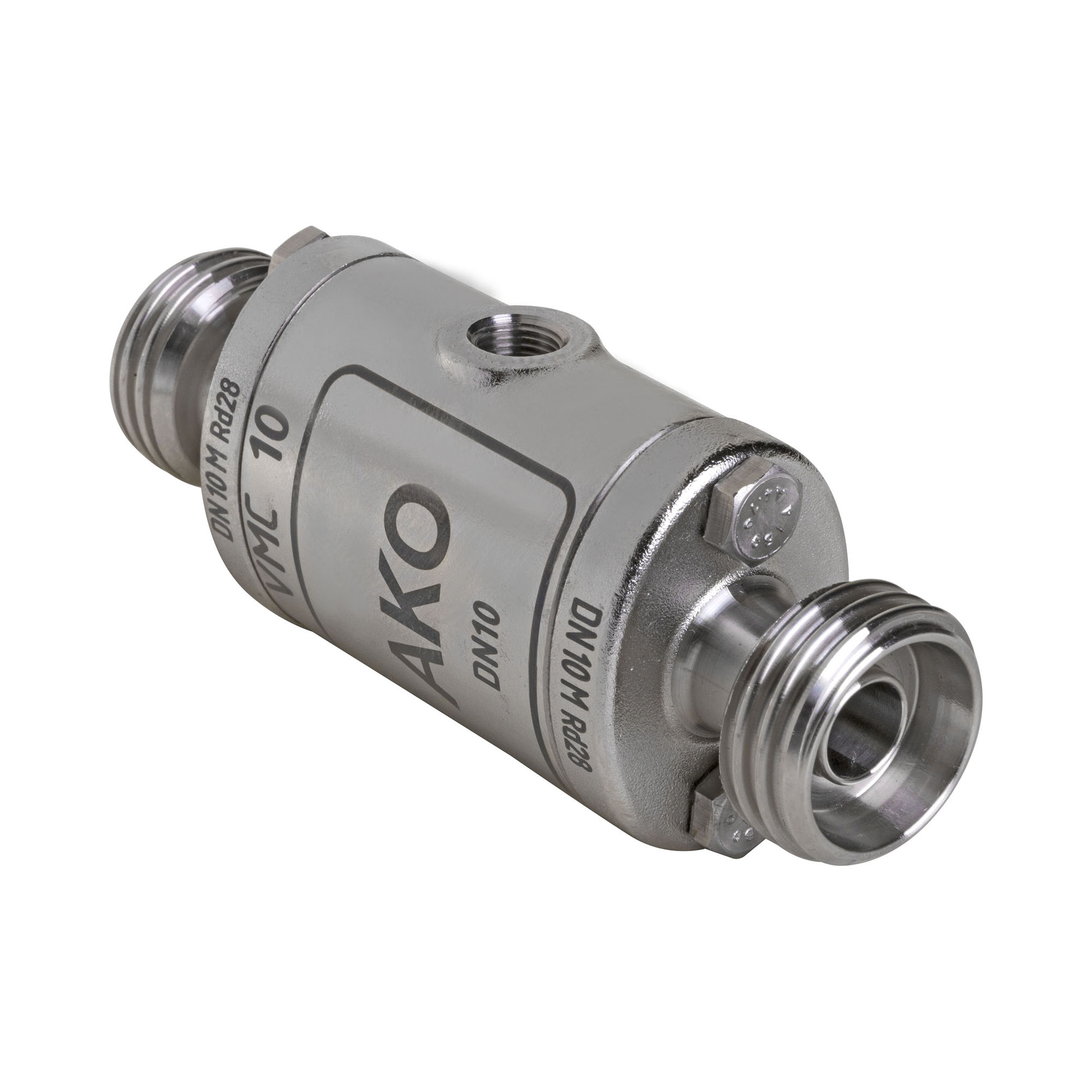Pinch Valve Mechanism – What is a Pinch Valve?
A pinch valve offers a cost-effective and practical solution for controlling the flow of media through a pipe line or any other system. It comprises of a rubber sleeve, which is the only wetted part of the entire valve, and prevents the other components from contamination. Pinch valves have gained significant popularity in a number of industries such as food and beverage, medical, pharmaceuticals, cements, waste water treatment, and several others, mainly because it offers pressurized cleaning and movement of the flowing media.
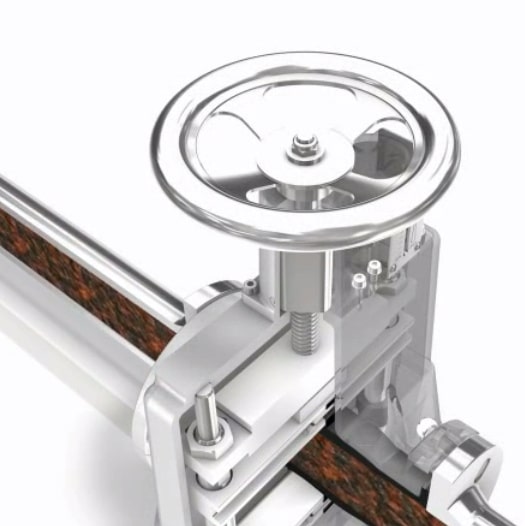
Full flow of product with Pinch Valves.
The Working Pinch Valve Mechanism
Having the simplest valve design, pinch valves comprise of a flexible elastomer body that obstructs the flow of media through the pinching mechanism of the rubber sleeve, which is the main working element. The rubber sleeve is pinched closed either by the application of fluid pressure or mechanically in the body. It is squeezed at the valve’s mid-section, clamping or pinching its walls together to tightly close the flow path.
Pinch valves are controlled through a linear motion method. In its simplest form, the valve may comprise of a length of elastomer tube equipped with a mechanism of pinch bar, providing a closure in order to stop and prevent from over-pinching of the tube. The pinching mechanism is typically carried out by a molded rubber tube that is placed inside a body. This can be done through a simple screw operated working principle, where the pinching action is achieved from only one side of the tube. It may also be possible that a differential screw is used for controlling two pinching mechanisms that are working in vertical opposition to one another.
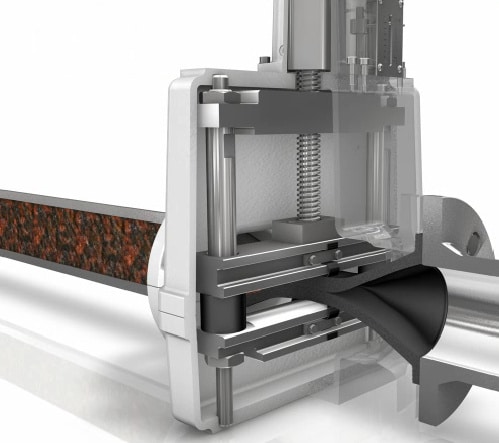
Pinch Valve Mechanism shutoff to seal product flow.
There are other types of pinch valves as well that are disposed with mechanical mechanism and squeezed shut by hydraulic pressure or air injected into the valve body.




